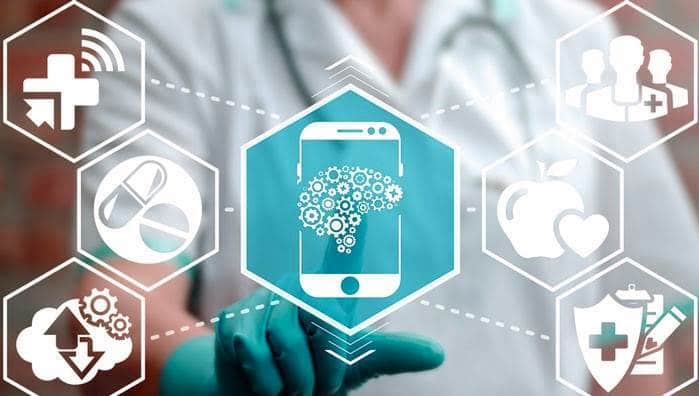Automation in medicine is defined as the management of diagnostic and therapeutic processes. This can be done by mechanical or electronic means that enhance the ability of medical personnel to observe patients and make decisions. Automation in industrial production has yielded significant improvements in production efficiency and product quality. In the same way, hospital automation takes many principles from industrial automation and transfers them to medical automation.

Automation of clinics and home health care services provides an increase in quality and a decrease in the cost of such services. Automation of medical facilities is designed to reduce patient risk, increase the flexibility of health care management, and improve the efficiency of investment in the industry. It also reduces the administrative burden on health care providers, creates long-term business opportunities, and ultimately provides better health outcomes for patients. However, to realize the full benefits of medical automation, healthcare professionals and patients themselves must be educated about the benefits, technological limits, and future possibilities of automation.
Automating the health care delivery process helps reduce costs, reduce errors, and improve health care outcomes. Rapidly rising healthcare costs and departmental budgets, which often do not take into account an aging population, risks of civil unrest, and economic crises, necessitate the search for cost-containment strategies. An additional benefit of automation is the reduction and possibly elimination of many sources of medical errors.
Objectively and subjectively driven physician actions that are detrimental to a patient’s health are unfortunately not uncommon. Improper planning, incorrect prescribing, and other actions result in improper treatment. Mistakes in medicine are much more common than in other industries. In particular, the probability of dying in a plane crash is about 1/8,000,000. At the same time, there are 2 to 5 deaths for every million anesthesia administered, and for every million blood transfusions, there are 29 viral infections.
Automating health care facilities significantly reduces the risk of medical errors. A separate area of focus is the automation of sanatorium operations. Here are several cases that illustrate the positive effect of a key method of automating medical institutions – the introduction of modern CRM systems.

The automation of a medical center with the help of CRM allows you to keep the schedule of doctors and manage appointments online. All information about them is concentrated in a convenient “live” schedule, which allows the manager to see a complete picture of a load of each doctor by the hour. After scheduling a visit, the system can automatically create reminders in the form of SMS, emails, or messenger messages. In addition, the system allows you to have complete information about the patient at your fingertips, including medical history, documents, and tests. This reduces the time it takes the doctor to find the information he or she needs.